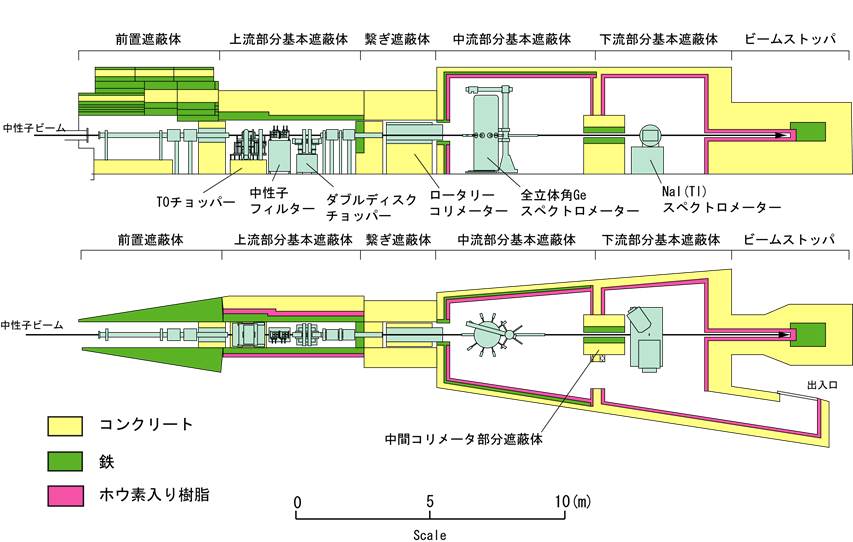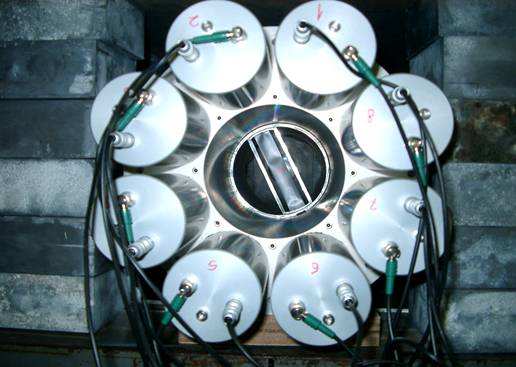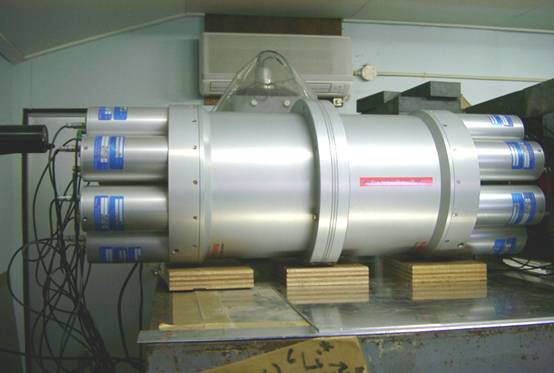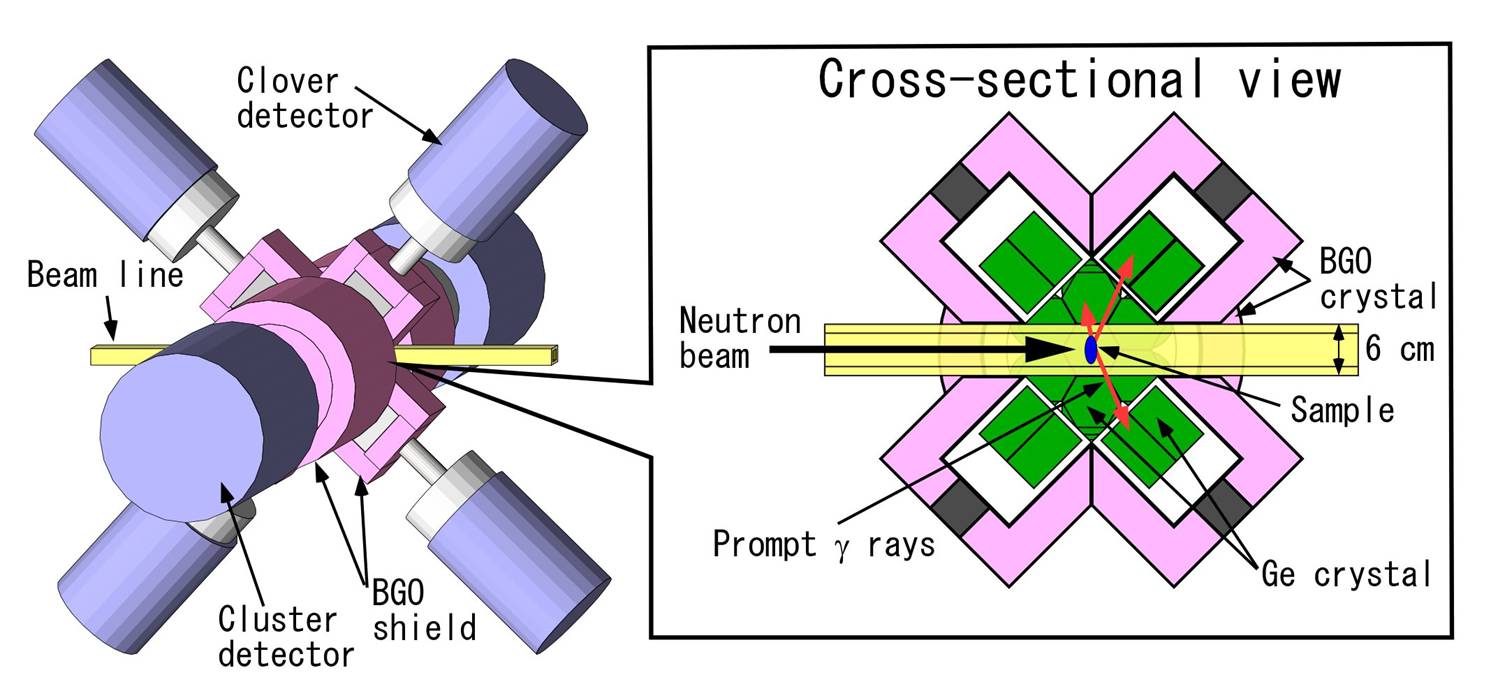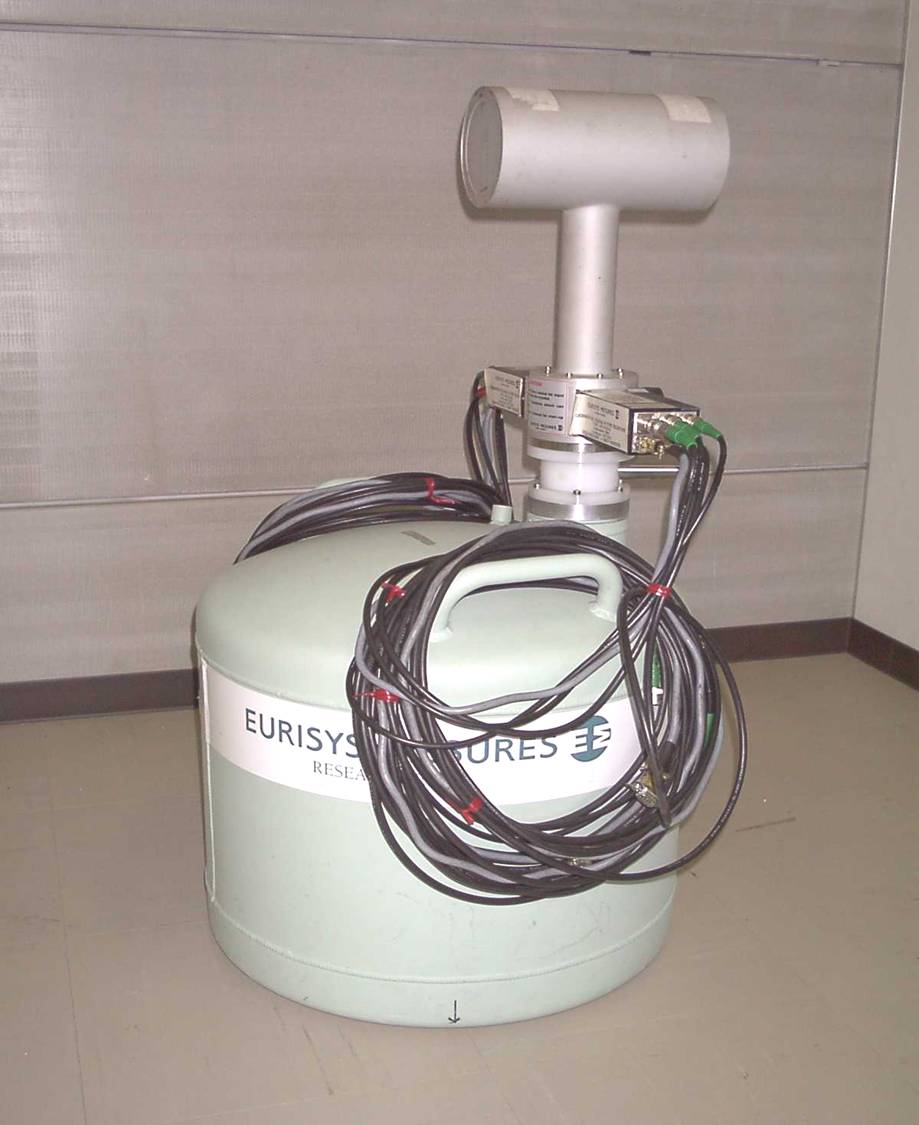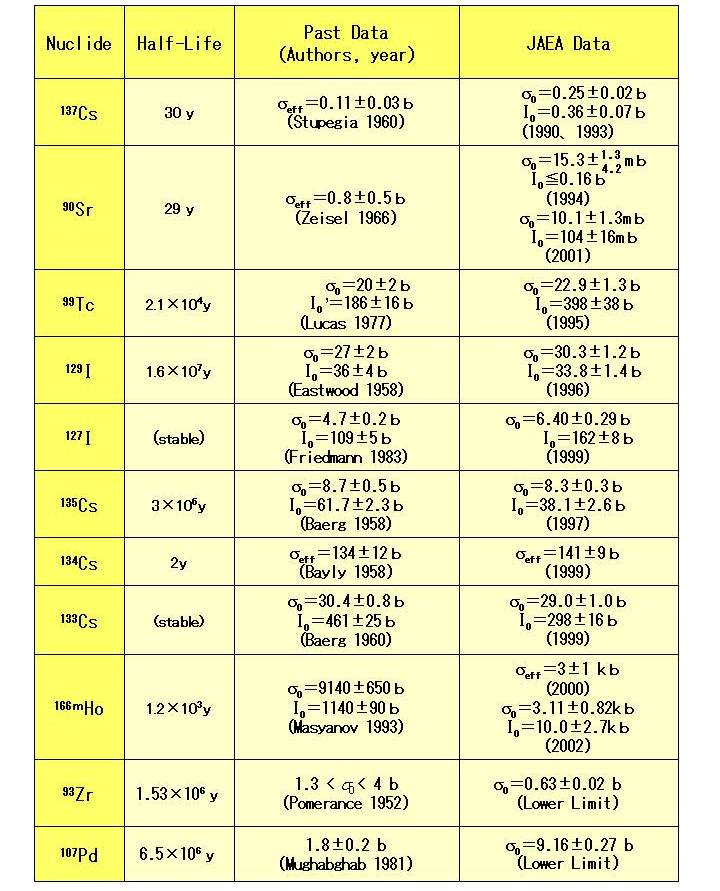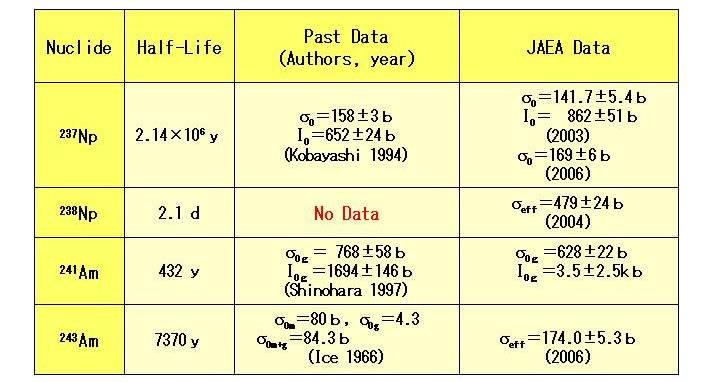The ANNRI is the abbreviation of Accurate Neutron-Nucleus Reaction measurement Instrument. It was constructed in order to supply accurate neutron capture cross sections of minor actinides and fission products required for developing innovative nuclear systems.
